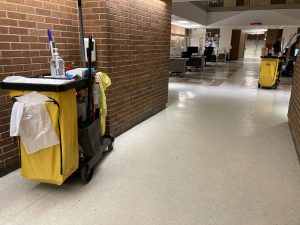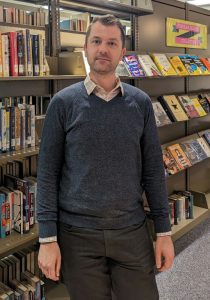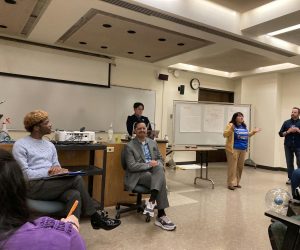Resolution in Sight for Teachers Strike
September 19, 2012
Photo by Janean L. Watkins
Albany Park neighborhood alliance
Photo by Janean L.Watkins
Strike Crowd
Photo by Melissa Brand
CTU Strike
Photo by Janean L. Watkins
Juggling Justice
Schools remained closed on Friday as more than 29,000 members of the Chicago Teachers Union (CTU) continued their strike for the fifth day in a row. The strike, the first Chicago has experienced in 25 years, was due mainly to contract disagreements over working conditions such as class size and air conditioning availability, compensation/raises, job security, the weight of standardized test results in teacher evaluations, and layoff/recall policies. The issues behind this strike have been the subject of repeated negotiations between the CTU and the Chicago Board of Education since November of 2011. Victoria Delgado, a 22-year-veteran teacher at the Peirce School of International Studies, cited the current method of teacher evaluations based on student standardized test scores as the most critical element of the contract negotiations. “If the people criticizing us and making the rules [about teacher evaluations] came in for one day to see what it’s like to be a teacher, they would change their attitudes a lot.”
While red-clad teachers took to the streets of Chicago with support from labor groups and other teachers unions, support from parents was split down the middle. Angela Cruz, NEIU student and mother, said that while she supports the teachers in wanting smaller class sizes and air conditioning in the schools that don’t have it, she worried that changes to the recall system would return teachers dismissed for poor performance to the classroom along with teachers laid off due to budget concerns.
Erica Kormak, a dental assistant employed by Chicago Public Schools (CPS) to travel between schools on the south and west side giving dental exams to children at no cost to parents, described how the strike has even prevented people not employed by the CTU from doing their jobs. “We can’t even begin scheduling dental exam appointments because there is no one to collect consent forms.”
The problem of finding child care during school hours also had an impact on parental support of the strike, disproportionately affecting single-parent and low-income families. Many parents of the more than 350,000 CPS students faced the choice of missing work to care for school-age children or paying a significant amount of their earnings for unexpected child care hours. To alleviate this, CPS enacted a contingency plan entitled “Children First,” opening 147 locations to students, originally between the hours of 8:30 A.M – 12:30 P.M. Northeastern Illinois University supplemented this plan by providing afternoon activities between 12:00 P.M. and 3:15 P.M. for children of NEIU students and employees. CPS has since extended their hours to 2:30 P.M.
While Cruz was able to provide daycare for her children, they were disappointed at missing school. “My kids are constantly asking when they are going back to school, they get up at 6am and get ready in hopes there’s school that day.” Echoing a similar sentiment, Delgado said that teachers want the strike to be over as much as parents and administrators do. “I want to be in the classroom with my kids.”
Toward the end of Thursday’s negotiations, CTU president Karen Lewis announced that the City of Chicago and the CTU may have reached a tentative agreement. Chicago School Board President David Vitale described the agreement as giving students the time they need in the classroom and teachers the support and respect they need. Union representatives met Friday to vote on ending the strike and will continue to meet over the weekend to flesh out the framework and define the specific contract language of the agreement.







